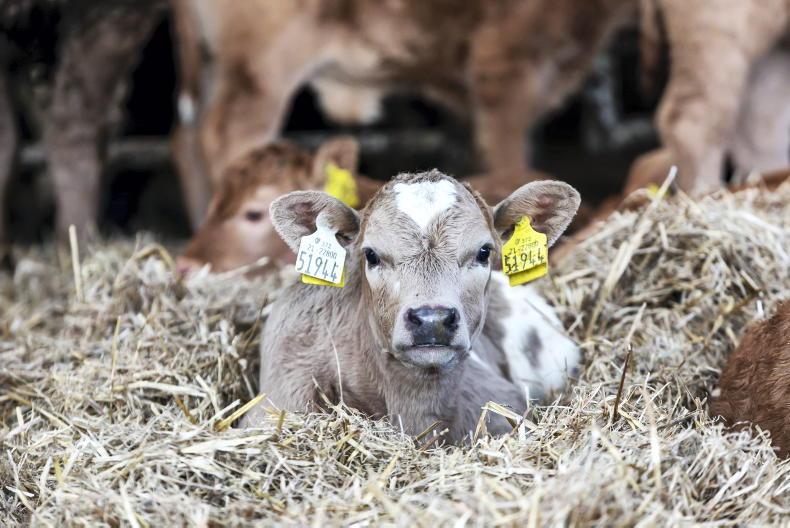Approximately one-third of all calves registered in 2024 were born in February, the highest figure on record.
An analysis of the Department of Agriculture and the Irish Cattle Breeding Federation (ICBF) data shows that 763,046 calves were born in February, 23,215 head higher than in February 2023 and some 70,972 head higher than the five-year average.
The increase in February birth registrations over the last decade has been primarily underpinned by expansion in dairying and a continued tightening in the calving spread as farmers target calving dates to exploit grass-based production.
As reflected in Table 1, there was a sharp jump in births in January 2023 but significant challenges in getting cows to grass and the associated increased labour saw some farmers refocus calving dates.
The continued condensing of calving dates in the national dairy herd and an ongoing sharp drop in suckler birth registrations is witnessing a greater percentage of calves now born in the three-month window from February to April.
This figure was recorded at 68% of all birth registrations in 2024 compared to 63% to 64% in recent years.
Dairy births
Birth registration data for 2024 will not be finalised for a few weeks due to the 27-day window to register births but changes are not expected to be major given the low number of births that take place in December.
The latest data available from the ICBF shows that there were 1.6m calves born to dairy dams in 2024, a reduction of 12,680 head on the previous year.
This is the first year in over a decade where births to dairy dams have not increased. This reflects a marked change in dairy farming sentiment in the last 18 months.
This has been driven by uncertainty regarding the future of the Nitrates derogation and other policy changes, labour challenges and reduced profitability driven by higher input costs and lower output prices.
Suckler births
The worrying decline in suckler birth registrations shows no signs of abating with the latest ICBF data showing 709,594 calves registered in 2024 equating to a fall of 48,929 head.
Birth registrations have fallen by over 140,000 head in the last two years and 200,000 head in the last five years.
The latest Animal Identification and Movement (AIM) data from the Department of Agriculture shows just 768,440 suckler cows on farms on 1 November 2023. This corresponds to a decrease of 52,947 head on the previous year.
The number of calves registered online versus in hardcopy applications continues to increase with 84% of calves born in 2024 registered to date online.
As detailed in Table 3, this has increased from 67% in 2018.
The increase is being underpinned by both an increase in the number of herds utilising online registration and larger herds typically registering calves online.
